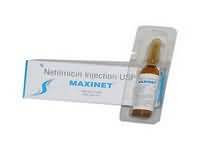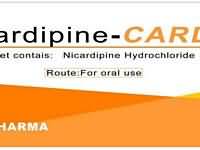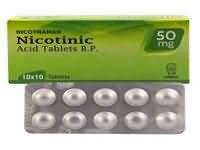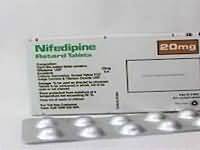Enoxaparin sodium

Enoxaparin sodium
CLINICAL USE
Prophylaxis of thromboembolic disorders of venous originTreatment of deep vein thrombosis and pulmonary embolismAnticoagulation of the extracorporeal circulation during haemodialysisAcute coronary syndromeDOSE IN NORMAL RENAL FUNCTION
Prophylaxis DVT: Moderate risk surgery: 20 mg once —dailyHigh risk surgery/medical prophylaxis: —40 mg once dailyTreatment DVT and PE: 1.5 mg/kg every 24 hoursAnticoagulation of extracorporeal circuits – see ‘Other Information’Acute coronary syndrome: 1 mg/kg every 12 hoursPHARMACOKINETICS
DOSE IN RENAL IMPAIRMENT
GFR (mL/MIN)
50–80 Dose as in normal renal function30–50 Dose as in normal renal function. Monitor carefully<30 Treatment: 1 mg/kg daily. Prophylaxis: 20 mg daily.DOSE IN PATIENTS UNDERGOING RENAL REPLACEMENT THERAPIES
IMPORTANT DRUG INTERACTIONS
Potentially hazardous interactions with other drugsADMINISTRATION
Reconstition
–Route
SCRate of Administration
–Comments
–OTHER INFORMATION
In extracorporeal circulation during haemodialysis, 1 mg/kg enoxaparin is introduced into the arterial line of the Enoxaparin sodium (LMWh).EnoXAPArin sodiUM (LMWh) 265circuit at the beginning of the session. The effect of this dose is usually sufficient for a 4 hour sessionIf fibrin rings are found, a further dose of 0.5–1 mg/kg may be givenFor patients with a high risk of haemorrhage, the dose should be reduced to 0.5 mg/kg for double vascular access or 0.75 mg/kg for single vascular accessThe dose of protamine to neutralise the effect of enoxaparin should equal the dose of enoxaparin: 50 anti-heparin units of protamine should neutralise the antifactor-Xa activity generated by 1 mg of enoxaparin. If prothrombin time is still raised 2–4 hours later give 0.5 mg/kg infusion of protamine. (Hovanessian H. Letter. Annals of emergency medicine. 2006; 36(3): 278.)Rhone-Poulenc Rorer advise monitoring of the antifactor-Xa activity, whatever the severity of the renal impairment, when treatment doses are being employed. They also advise monitoring patients if given prolonged treatment with prophylactic dosesLow molecular weight heparins are renally excreted and hence accumulate in severe renal impairment. While the doses recommended for prophylaxis against DVT and prevention of thrombus formation in extracorporeal circuits are well tolerated in patients with ESRF, the doses recommended for treatment of DVT and PE have been associated with severe, sometimes fatal, bleeding episodes in such patients. Hence the use of unfractionated heparin would be preferable in these instancesAdditional doses may be required if using LMWHs for anticoagulation in HDF
See how to identify renal failure stages according to GFR calculation
See how to diagnose irreversible renal disease
Home








